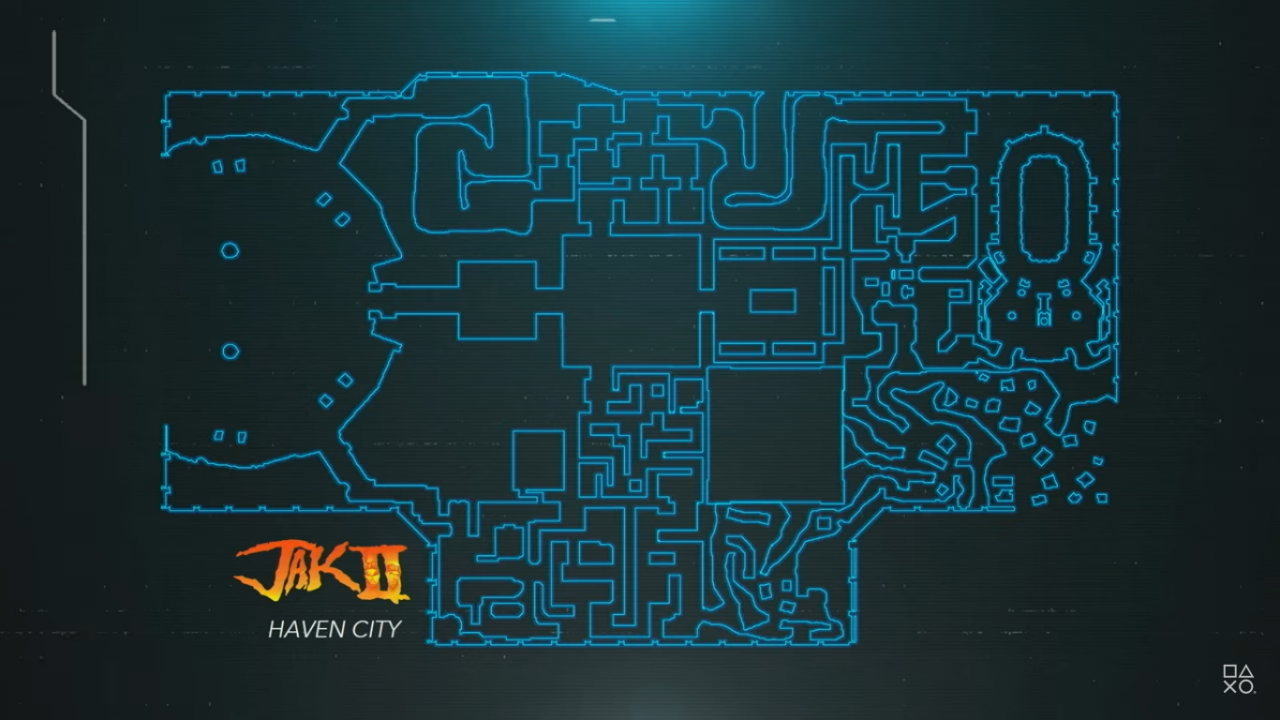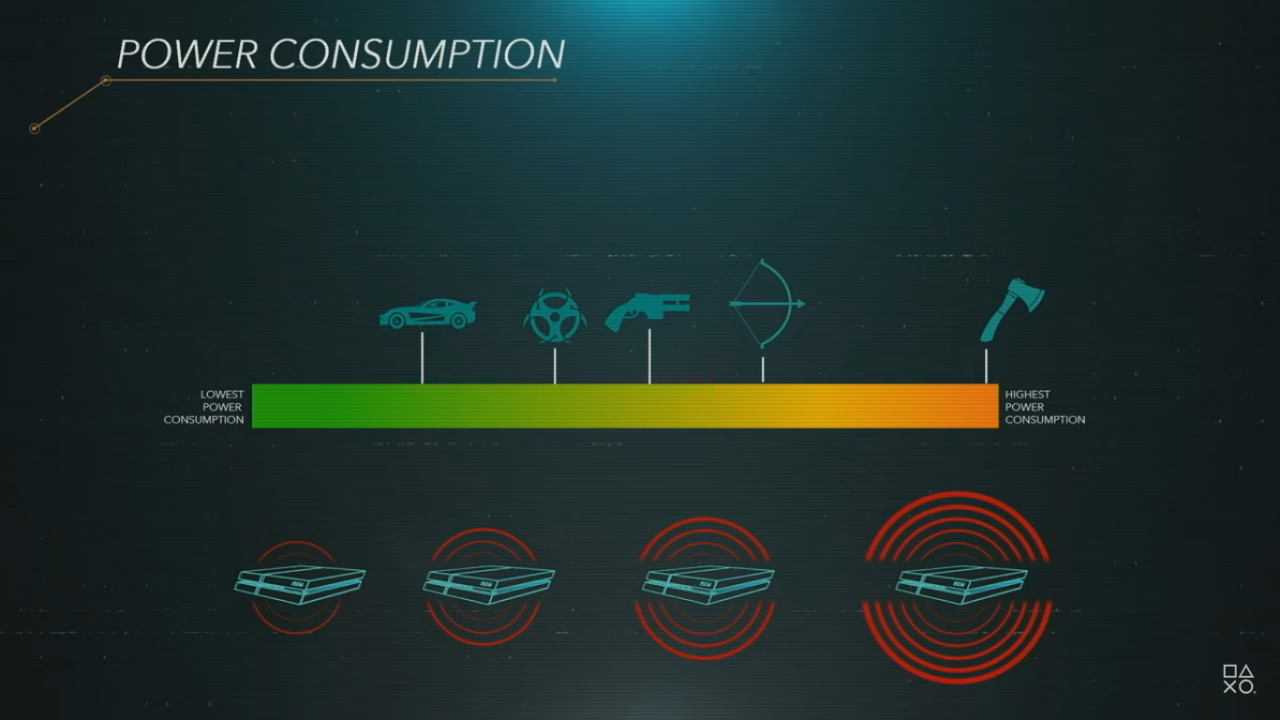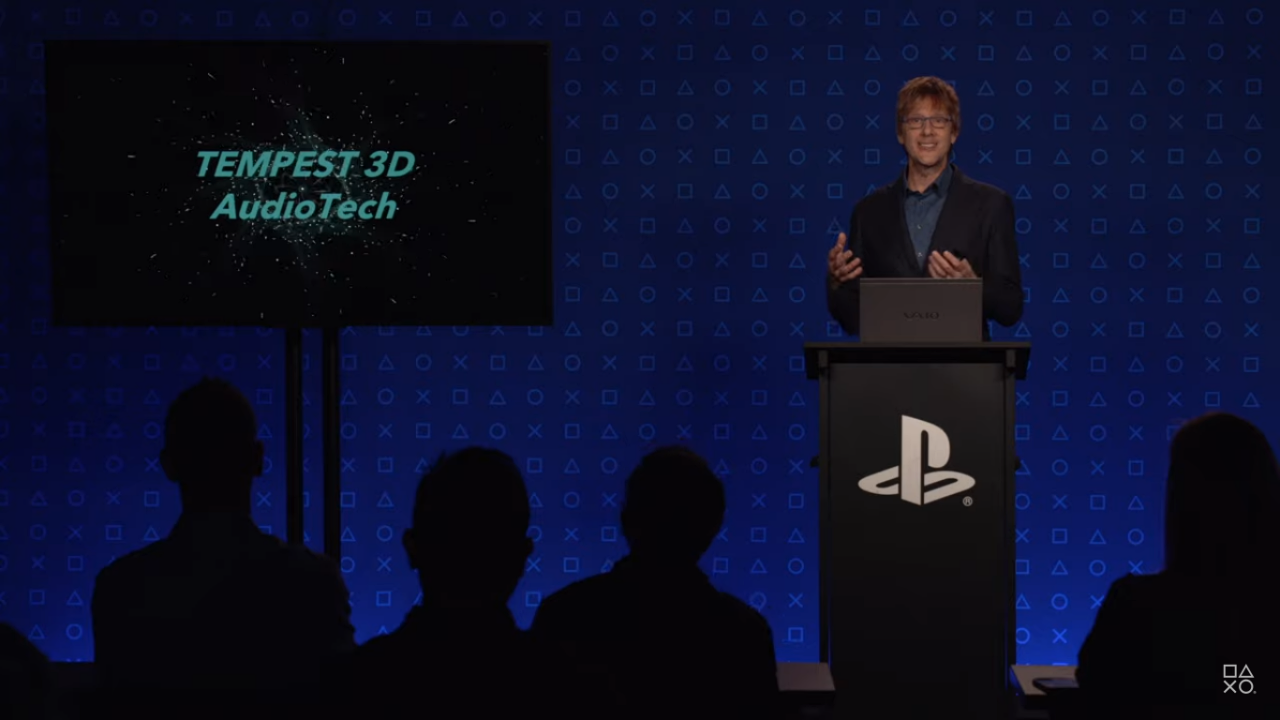Sony finally lifted the lid on the PlayStation 5 today, in a stream dubbed “The Road to PlayStation 5.” As some expected, this talk was originally planned for GDC, but with that cancelled, we got a stream instead.
There was a ton of information revealed, mostly focused on three main areas: the hard drive, the GPU, and 3D audio. So let’s dive into all the new PlayStation 5 reveals without further ado.
PlayStation 5’s Solid State Drive
The talk was all about the PlayStation 5’s hardware. Mark Cerny, PS5 lead system architect, said the system’s development process was built around developers — just as the PlayStation 4’s process was — to help avoid the development headaches that plagued the PlayStation 3.
The PlayStation 5’s learning time was cut down to about one month thanks to developer input and the effort system architects put into flattening the learning curve for developers.
Cerny said developers most wanted a solid-state drive for the PlayStation 5, and it coincided with Sony’s internal discussions. Though it seemed impossible at the time, with the limitations of Blu-Ray and current speeds, Sony made it a top priority for PS5 development.
As many of us already know, SSDs improve load times and read speed. Traditional hard drives can’t access data quickly because of how it’s distributed, and they can only fit so much data on a disk. Not so with the PS5 SSD.
The PlayStation 5’s SSD goal was loading 5GBs per second, which Cerny calls “blindingly fast. Seek time (how long it takes to locate data on a disk) is instantaneous. In practical terms, this all means boot times of one second, no load times, and literal fast travel — travel with no downtime in between initiation and arrival.
An ultra-fast SSD also frees up game designers to have better control over their titles. It eliminates issues with loading textures and dividing areas, meaning developers can focus on game worlds and not how to keep from breaking the experience with transitional areas.
The PS5’s SSD improves render speeds as well by reducing duplicate data on the drive, which allows everything to move faster. There will be little to no installment times or hitches for patches either, thanks to no data duplication. Finally, it makes RAM usage more efficient because it’s actually being actively used all the time in each game. The SSD itself is, in part, the RAM.
Cerny also went into more detail about how the PS5’s SSD cleans up data bottlenecks and helps improve frame rates.
The PlayStation 5 has a lot of custom bits and bobs in the SSD to help keep from overloading the CPU and killing game delivery. What this translates to is a much smoother experience overall, one that lets developers add more layers like dialogue and audio in scenarios that couldn’t have handled it in the previous generation.
PlayStation 5’s SSD is 825GB, but Cerny said Sony created it from a cost-effective mindset.
There’s a custom i/o unit that helps smooth out decompression and offers better control over where the data gets sent (which also improves performance), and it makes data mapping more efficient for developers, too. Best of all, none of this requires much effort from game developers, apart from dictating where the data should come from and where it goes, ultimately making the i/o process 100 times faster and making development easier.
The goal is making completely open worlds the norm
Despite all the custom pieces in the PlayStation 5’s SSD, it can still be customized. Cerny re-confirmed backwards compatibility by saying PlayStation 4 games can be transferred to a new hard drive, and the SSD itself can be expanded through M2 drives that, unlike the Xbox Series X, aren’t proprietary.
The problem is the expansions need to be as fast as the PlayStation 5’s SSD because of the six priority levels in the PS5 SSD, and it needs to fit in the bay Sony designed for the drive. Those SSDs exist on the market, but they aren’t ubiquitous. Cerny expects more to be available by the time the system launches later this year.
That said, Cerny also recommends not getting a new M2 until Sony finishes testing, because not all will work.
PlayStation 5’s Innovative Architecture
Some of the system’s new features, like primitive shaders and ray tracing, were designed to be easily adaptable for developers. They don’t have to be used, though, so there are no extra hurdles for developers to deal with if they don’t want to.
The flexibility extends to the overall architecture, too. The custom RDNA2 GPU reduces power consumption and optimizes for performance, creating a greater feature set.
The PS5 does support backwards compatibility with the PS4 through the custom GPU. It’s not the same as the original PS3 did with PS2, though. Instead, it’s a matter of importing the logic of the previous system’s GPU into the PS5’s GPU, and it’s something AMD worked on for years, according to Cerny.
These PS4 titles will run at boosted capacity, too, even though not all games can handle it. Sony looked at the top 100 PS4 games ranked by playtime, and the goal is making these playable in boosted form on the PS5 at launch. What those are, though, we don’t know yet, or what exactly “boosted” means.
The PlayStation 5’s geometry is optimized using primitive shaders that synthesizes geometry in real-time. This hugely improves the level of detail and increases particle effects.
Cerny is keen on pushing the PlayStation 5’s ray tracing capabilities as well. The system is capable of rendering hundreds of thousands of rays at once, but he wants it to function at full capacity as much as possible. So far, he says, Sony is seeing PlayStation 5 titles run ray tracing at full capacity without increasing stress or costs.
The PS5 design team has worked diligently to reduce power consumption, especially given the nature of the geometric designs the system supports. There’s a special cooling method included to help cool the system, reduce fan noise and, avoid the system overloading.
Part of this method includes giving the GPU 32 CUs and making the GPU and CPU run at constant power, while the workload frequency varies. AMD’s SmartShift technology helps, too, by taking unused power from the CPU and transferring it to the CPU. Other than not killing your system, the benefits of these methods help take the guesswork out of power consumption during game development.
According to Cerny, the GPU is expected to stay at 2GHz, with a 2.23GHz cap, though it can overclock to 3.5GHz. It will also stay at roughly 10.3 teraflops.
PlayStation 5’s Quest for 3D Audio
The theme for 3D audio is “finding new dreams,” with the goal of increasing immersion and the overall experience through feedback and audio. The PlayStation 5’s alterations to the CPU and GPU power levels and maintenance mean the design team was able to allocate more space to audio.
The first goal was providing great audio for everyone, no matter how they experienced the game (e.g. with headphones, through VR, or just through a speaker).
Hundreds of sound sources are supported, so every sound can get the same 3D audio treatment. Developers don’t have to decide which sounds to focus on, so it expands the resources at their disposal for making their games as great as possible.
Presence and locality were another major goal, where Sony wants to make players feel like they are really in a location. This basically means increasing the sounds and natural effects in a game, so it helps make the world feel real. Locality helps players identify where the sound comes from, which opens up all manner of possibilities for gameplay — such as indicating exact enemy placement and so on.
All this was done based on experience from the PSVR team as well as extensive research into how the human ear responds to sound.
The hardware and technology Sony created to accomplish all this is called Tempest 3D AudioTech, with the hardware unit called the Tempest Engine. Though it’s new, Tempest Engine is actually based on the PlayStation 3’s sound architecture, but it is much more efficient.
All this means the PlayStation 5’s audio blends virtual reality with real sounds, making it seem as if the sounds in the game are real. Not everyone’s ears are designed to experience these sounds, though, so Sony is still researching what HRTF levels are most common so more people can get the same experience.
And that was it. “The Road to PlayStation 5” was very much a GDC talk that wasn’t given at GDC. It’s a bit surprising Sony didn’t try to make it more engaging, especially since it raises more questions than it seems to answer.
Hopefully, as we move closer to the PlayStation 5’s holiday launch date, we’ll get more information. Stay tuned to GameSkinny for more PlayStation 5 news as it develops.











Published: Mar 18, 2020 12:59 pm